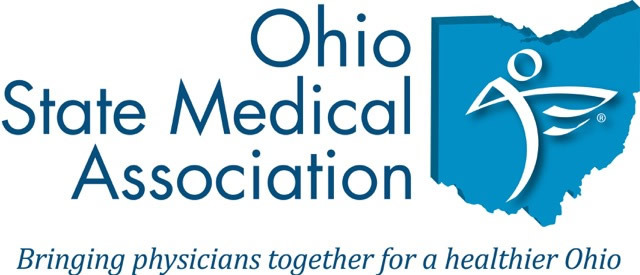Complete Story
04/02/2020
The Doctors Company's Telehealth FAQ
To support the medical profession during this unprecedented time, the following are answers to some frequently asked questions regarding telemedicine.
by David O. Hester, FASHRM, CPHRM, Director, Department of Patient Safety and Risk Management, The Doctors Company; Devin O’Brien, Esq., Deputy General Counsel, Vice President, Legal Department, The Doctors Company
Does my professional liability policy cover telemedicine?
The Doctors Company’s medical professional liability policy covers telemedicine as it does not draw a distinction between traditional care and telemedicine. Physicians should check with their professional liability insurer about coverage.
Are there malpractice risks specific to telemedicine?
Under normal circumstances, telemedicine is fairly low risk from a medical malpractice liability standpoint. The Doctors Company’s data shows that we had 38 closed claims involving telemedicine from 2007 to 2018, out of 27,559 claims. That said, under normal circumstances, a clinician encountering a potentially high-acuity condition via telemedicine who does not refer the patient for an office visit or to the Emergency Department could face a potential liability risk if an adverse event were to occur. That liability is essentially the same liability the provider would face after failing to make a needed referral following a face-to-face visit.
What about documentation?
Documentation is critical. Telemedicine doesn’t change the fact that physicians should use their best clinical judgment and document their medical reasoning in patients’ medical records. If a patient’s complaint would generally warrant an in-person visit, the physician should weigh the risks of any emergent condition against the risks of COVID-19 exposure for this patient, make the call, and document the reasons for this decision in the patient’s record to mitigate liability risks.
Does informed consent need to be modified for virtual visits?
Inadequate informed consent communication between a healthcare provider and the patient/family is a top factor contributing to claims, according to closed claims studies by The Doctors Company. The same standard of care applies to telehealth as to face-to-face visits, so physicians should make certain an informed consent discussion occurs when using technology or the phone to treat a patient. An informed consent form signed by the patient, along with the documented informed consent discussion, is ideal—the provider of the telehealth platform may be able to advise you how to incorporate your informed consent document. Barring this, healthcare providers should document the results of the informed consent conversation with the patient in the medical record. In addition, the provider should verify and authenticate the patient’s identity. A telehealth informed consent form can be downloaded here.
What about licensure and crossing state lines?
During the COVID-19 pandemic, states have relaxed licensing requirements to encourage medical professionals to cross state lines to assist in the emergency. The Federation of State Medical Boards is maintaining a database of licensing requirements and waivers. In states that haven’t waived license requirements, physicians should comply. Additionally, many states have licensing requirements specific to the use of telehealth that they are waiving during the COVID-19 emergency.
Professional organizations that support telemedicine assist with licensure in multiple states. More information can be found at Interstate Medical Licensure Compact.
What about privacy concerns when using telemedicine?
To assist medical practices in accelerating implementation of telehealth services, the Health and Human Services (HHS) Office for Civil Rights (OCR) has made a change affecting HIPAA enforcement: Effective immediately, according to a reference guidecreated by the Center for Connected Health Policy, the HHS OCR will “exercise enforcement discretion and waive penalties for HIPAA violations against health care providers that serve patients in good faith through everyday communications technologies, such as FaceTime or Skype, during the COVID-19 nationwide public health emergency.”
This information was updated March 25, 2020.
